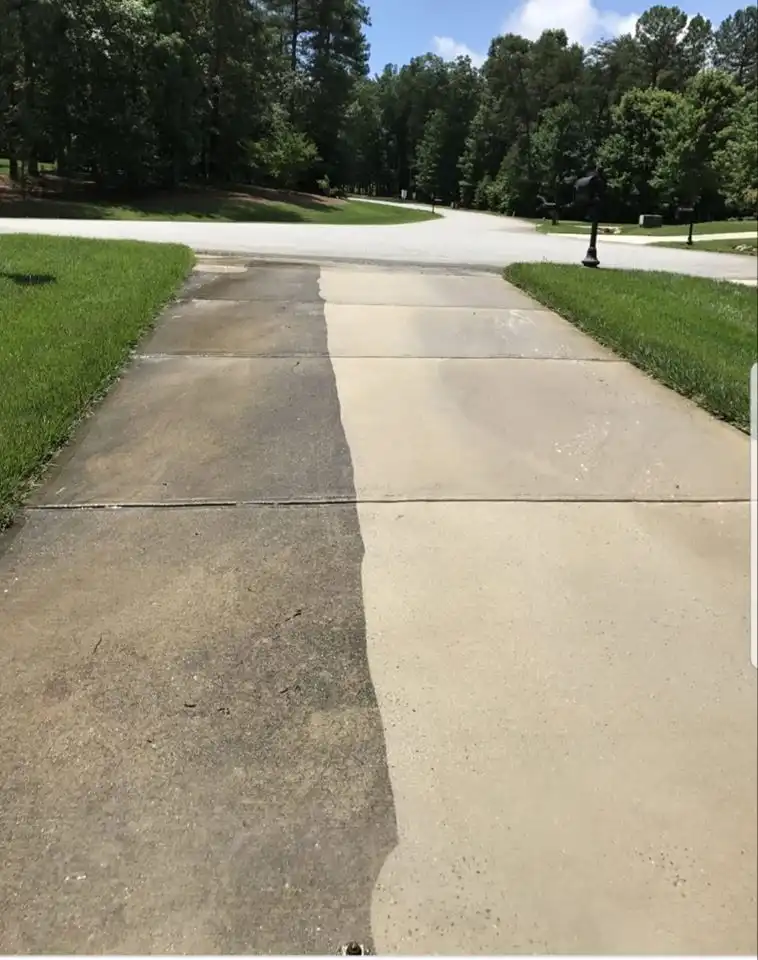Eco-Friendly Paint Choices: Healthier Homes, Happier Families, Greener Planet
10 Essential Tools Every DIY Home Improvement Enthusiast Should Own
Whether you’re hanging shelves, repainting a room, or building a backyard planter, having the right tools can transform a frustrating project into a satisfying success. For DIY enthusiasts and homeowners, a well-curated toolkit is the backbone of efficiency, safety, and professional-quality results. Yet, with countless gadgets on the market, it’s easy to feel overwhelmed. This article narrows down the 10 must-have tools that cater to painting, carpentry, and general home improvement tasks. From measuring with precision to ensuring flawless finishes, these essentials save time, reduce errors, and empower you to tackle projects confidently. Let’s dive into the tools that deserve a permanent spot in your workshop.
Measuring and Marking: The Foundation of Accuracy
Every project starts with precise measurements. Without accuracy, even minor errors can compound into costly mistakes.
- Tape Measure: Opt for a 25-foot retractable model with a locking mechanism. Use it to measure walls, furniture, and materials.
- Combination Square: Ideal for marking right angles and checking level surfaces. Great for cabinetry or tile work.
- Chalk Line: Snap straight guidelines for painting, flooring, or framing. Fill it with brightly colored chalk for visibility.
Pro Tip: Double-check measurements before cutting—a timeless carpenter’s rule!
Cutting and Shaping: From Rough to Refined
Quality cutting tools ensure clean edges and reduce material waste.
- Utility Knife: Perfect for scoring drywall, trimming wallpaper, or opening paint cans. Replace blades frequently for smooth cuts.
- Circular Saw: A cordless model offers portability for cutting lumber, plywood, or PVC piping. Pair it with a guide rail for straight lines.
- Rasp or Surform: Shape wood edges, smooth drywall patches, or adjust tight-fitting joints.
Real-Life Example: A dull blade can splinter wood—always keep spares handy.
Fastening and Finishing: Securing Your Work
Nails, screws, and adhesives are useless without the right tools to apply them.
- Cordless Drill/Driver: Invest in a lithium-ion model with adjustable torque. Use it for drilling holes and driving screws.
- Nail Set: Sink nail heads below the surface for a seamless finish before puttying.
- Putty Knife: Apply spackle to wall dents or spread wood filler on cracks. A flexible 2-inch blade works best for detail work.
Case Study: A DIYer used a nail set to hide hardware on a custom bookshelf, achieving a minimalist look.
Painting Perfection: Brushes, Rollers, and Prep
A flawless paint job hinges on proper tools and technique.
- Angled Sash Brush: Its tapered bristles cut crisp lines around trim and ceilings.
- Microfiber Roller: Provides even coverage on walls without lint residue. Use a 3/8-inch nap for smooth surfaces.
- Painter’s Tape: Shield trim and windows. Remove it before the paint fully dries to prevent peeling.
Pro Tip: Sand walls with 120-grit paper after priming to eliminate texture inconsistencies.
Safety and Storage: Protect Yourself and Your Tools
Never compromise on safety—or organization.
- Safety Glasses/Goggles: Shield eyes from dust, debris, and chemical splashes.
- Toolbox or Pegboard: Organize tools to prevent loss or damage. Label drawers for quick access.
Actionable Advice: Clean brushes immediately after painting to extend their lifespan.
Conclusion: Build Confidence, One Tool at a Time
Equipping your workshop with these 10 essential tools ensures you’re prepared for nearly any home improvement challenge. From the precision of a combination square to the versatility of a cordless drill, each tool serves a purpose in streamlining tasks and elevating results. Remember, quality matters—durable tools may cost more upfront but save money through longevity. Start with the basics, master their uses, and gradually expand your collection. Before your next project, review this list, stock up on missing items, and embrace the DIY journey with confidence. After all, the right tools don’t just build homes—they build skills.







